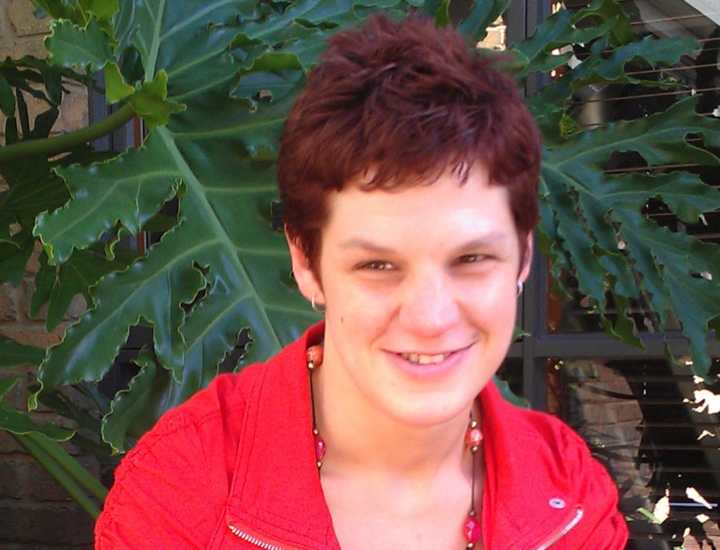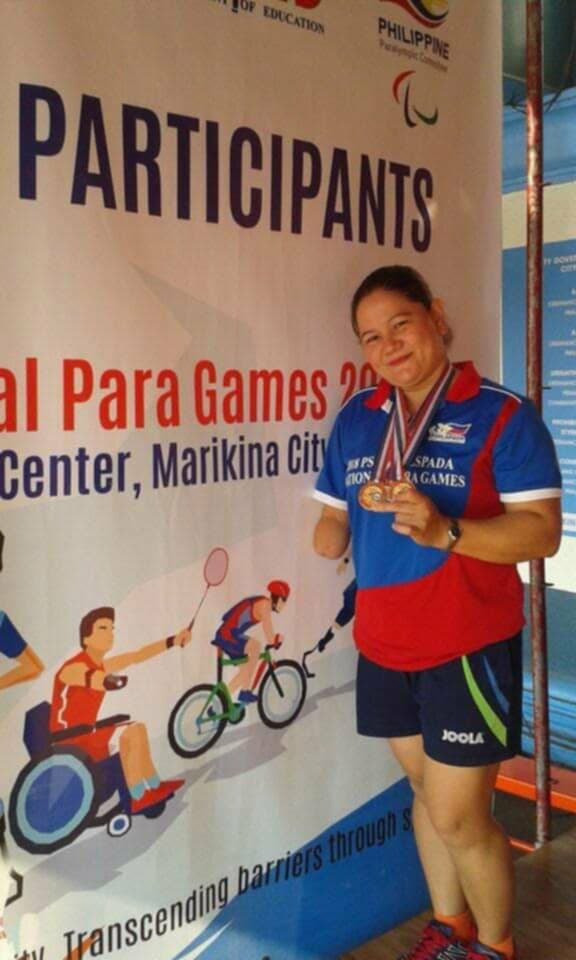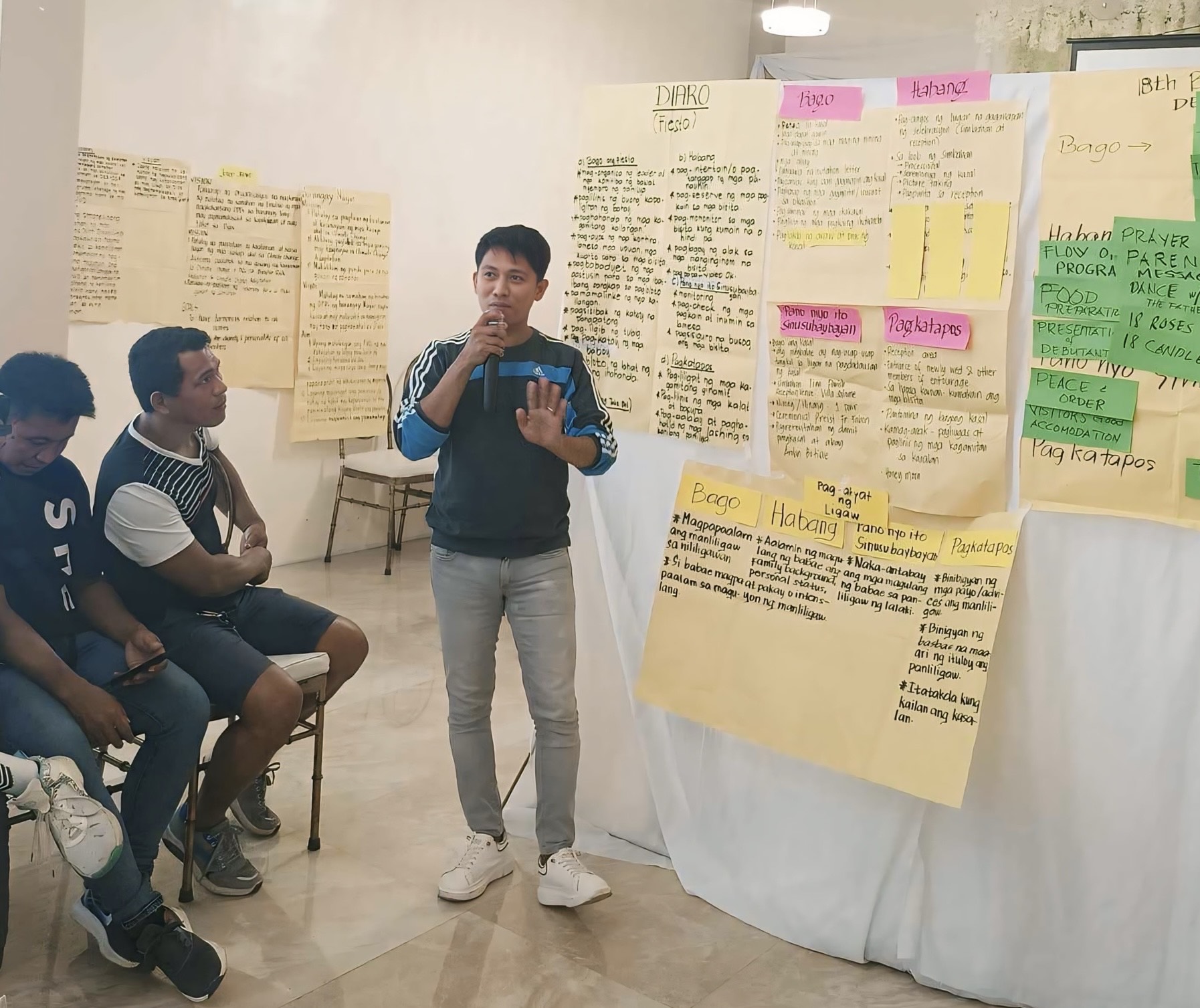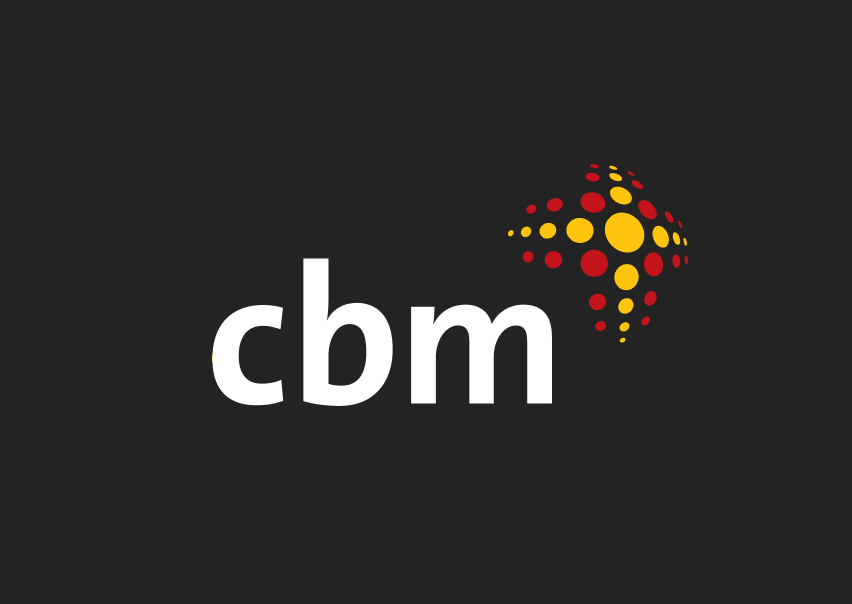Left behind
Stories | December 24, 2021

To be left behind in the midst of chaos and danger would surely be most people’s greatest fear.
For the average Australian who will likely never experience this, there are some amongst us who can empathise first hand from their own encounters and share with us the emotion of what such distress looks like.
Stevie Wills, Community Education Officer at CBM Australia is a passionate advocate for the rights of those living with disability. Born with a condition called Cerebral Palsy, she has faced and overcome many challenges in her own lifetime that has graced her with great understanding and an ability to communicate the needs and emotions of those in similar situations.
“When I was a teenager, I was often left behind. I got around school in an electric wheelchair. My peers often moved around the schoolyard faster than my wheelchair could.
“Many times they’d hurry to whatever caught their attention, leaving me behind. They went up steps, while I went the long way around; via ramps. I couldn’t keep up with them. Throughout high school I felt lonely, and shed many tears,” Stevie shares.
On comparing disability inclusion in the western society to that of developing world countries, Stevie empathises.
“If I was so quickly left behind in the absence of danger, how much more would people with disabilities be forgotten and left behind in the event of an emergency?
“The few times I was invited to a party during my teenage years, my parents wouldn’t allow me to go. They feared that if any danger arose my peers may not have helped me get to safety. My parents may have been right.”
In 2011, Stevie travelled with CBM Australia to Lusaka Zambia. Experiencing the harsh conditions for herself first hand.
“The paths were very uneven. It was difficult to get my wheelchair around,” Stevie reflects.
“How much more difficult would it be for a person with a disability living in poverty to flee to safety in the event of an emergency?
“Footpaths, asphalt and ramps may be absent. Some people with disabilities wouldn’t have the wheelchair or walking frame that they need.
“People who are blind would be at a great disadvantage in finding safety, especially if the emergency had altered their environment. Some people with disabilities wouldn’t be able to read, hear or understand emergency plans or warnings,” she adds.
People with disabilities are among the most vulnerable in emergency situations. CBM Australia works to ensure that people with disabilities are included in emergency preparation and recovery.
Currently CBM is supporting families fleeing from crisis. Amongst whom the most vulnerable people, those living with disabilities are in need of support.
To give today and ensure no one gets left behind. Donate here.
Photo: Stevie Wills, Community Education Officer at CBM Australia
https://www.cbm.org.au/stories/left-behind
Related Stories

Aiming for gold and championing the rights of people with disabilities
Minnie, a 40-year-old mother of two and Treasurer of...

Jay’s journey: from hiding his disability to advocating for change
Jay, a 31-year-old hairdresser from the Philippines and father...

The Blessed Life
Mary learnt the depths of the implications of living the blessed life. The angel Gabriel had told Mary that she was going to be pregnant with the Son of God....
